In livestock farming, breeding stock is considered a decisive factor in productivity and product quality. Therefore, in recent times, our province has implemented synchronous solutions to encourage businesses in the province to research and invest in building nuclear breeding farms, importing high-yield and high-quality livestock breeds to produce breeding stock for the market. Thereby, gradually controlling breeding sources, limiting diseases, contributing to high economic efficiency.
 Farmers invest in incubators to proactively source high-quality breeds.
Farmers invest in incubators to proactively source high-quality breeds.
Currently, our province has a total herd of about 1.2 million pigs, 26.9 million poultry and nearly 400,000 buffalo and cows. To maintain and develop the total livestock herd, each year the province needs about 7.2 million poultry breeds and nearly 300,000 pig breeds for breeding. However, currently, businesses, farms and breeding facilities in the province can only meet 70% of the pig breeds and about 60% of the poultry breeds. In addition, the application of advanced technology in breeding has brought great economic efficiency to the livestock industry but there are still many "gaps". Breeding production and supply facilities in the province are still small, have not invested in infrastructure, and the application of science and technology is limited. On the other hand, the situation of inexperienced breeders, greed for cheapness, so they use poor quality breeds has affected the efficiency of livestock farming.
This fact has proven the decisive role of breeding stock in livestock development and requires functional sectors and localities to have solutions so that breeders can access high-quality breeding sources; many breeding facilities and households also proactively produce breeding stock, bringing about double effectiveness, both preventing and fighting diseases, reducing production costs and achieving higher profits.
To improve the stature of livestock, localities with large livestock herds such as Nhu Thanh, Ba Thuoc, Cam Thuy... have applied scientific and technical measures, such as: Using pure Zebu bull semen to breed domestic cattle to improve stature; using BBB bull semen to breed Zebu crossbred cows to create beef cattle; using domestic buffalo semen and Murrah buffalo semen to breed female buffalo herds... The application of artificial insemination in livestock farming has minimized the spread of diseases, overcome the difference in stature, weight, and controlled breeding sources, bringing many practical benefits to the people. Most F1 hybrids after being born by artificial insemination are 20 to 30% taller than local livestock breeds... Currently, the proportion of Zebu hybrid cattle reaches 63%, 85% of chickens, super egg ducks, imported BBB, Droughtmaster, RedAgus cattle breeds... are resistant to climate change. In addition, applying science and technology to manage, breed, and sustainably develop livestock breeds of indigenous origin, such as Co Lung duck, wild boar, blue-necked duck...
Mr. Nguyen Van Tuan, Vinh Hung commune (Vinh Loc) has many years of experience in raising chickens and said: "Currently, there are a number of small poultry hatcheries in the province, collecting eggs without quality and disease control, so I have used breeds from reputable breeding facilities outside the province. However, I also choose facilities that are certified for disease safety, imported breeds have quarantine certificates, have clear origins and have been vaccinated against infectious diseases according to regulations of specialized agencies, and are kept in isolation for at least 2 weeks before entering the flock."
It can be affirmed that breeding animals always play an important role in determining the effectiveness of livestock farming, and are also one of the solutions for the sustainable development of the livestock industry. Therefore, relevant departments, branches, sectors and units need to base on the needs of livestock farmers to plan and expand the facilities for producing parent breeds associated with selection, herd multiplication, and proactively produce high-yield and high-quality breeding animals. In addition, promote the application of science in developing breeding sources, such as artificial insemination, storage, and protection of genetic resources; selection and management of parent-level breeding pigs and qualified cows to produce commercial breeds for production. For households that are proactive in breeding animals, it is necessary to focus on investing in building barns, raising animals using biological methods, and periodically vaccinating them... In addition, it is necessary to strengthen strict control over the transportation of breeding animals in and out of the province; Farmers are advised to buy breeding stock at farms and production facilities that meet standards, and avoid buying floating, unknown, and uncontrolled breeding stock. Localities need to actively create favorable conditions, attract businesses to invest in production, and form proactive production chains from breeding stock to production, processing, and product consumption.
Article and photos: Kim Ngoc
Source




![[Photo] General Secretary To Lam arrives in Minsk, begins state visit to Belarus](https://vphoto.vietnam.vn/thumb/1200x675/vietnam/resource/IMAGE/2025/5/11/76602f587468437f8b5b7104495f444d)

![[Photo] General Secretary To Lam concludes visit to Russia, departs for Belarus](https://vphoto.vietnam.vn/thumb/1200x675/vietnam/resource/IMAGE/2025/5/11/0acf1081a95e4b1d9886c67fdafd95ed)
![[Photo] General Secretary To Lam meets and expresses gratitude to Vietnam's Belarusian friends](https://vphoto.vietnam.vn/thumb/1200x675/vietnam/resource/IMAGE/2025/5/11/c515ee2054c54a87aa8a7cb520f2fa6e)





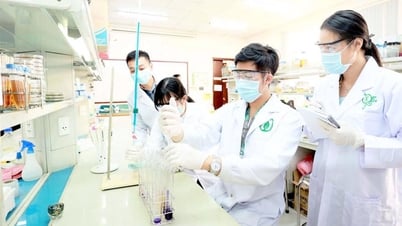




















![[Photo] National Assembly Chairman Tran Thanh Man attends the Party Congress of the Committee for Culture and Social Affairs](https://vphoto.vietnam.vn/thumb/1200x675/vietnam/resource/IMAGE/2025/5/11/f5ed02beb9404bca998a08b34ef255a6)





























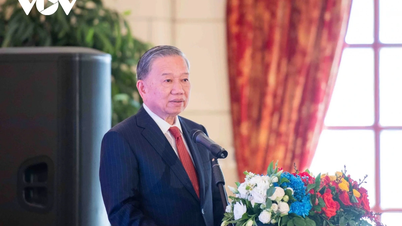

















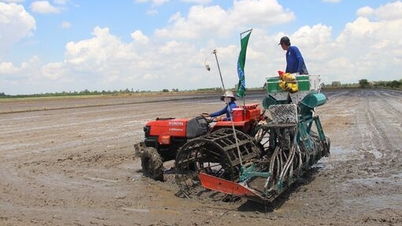
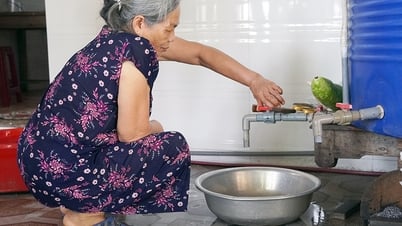
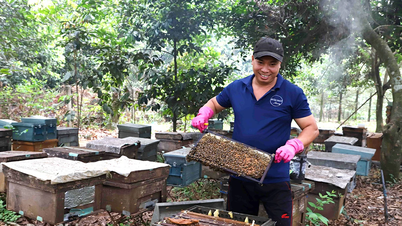










Comment (0)